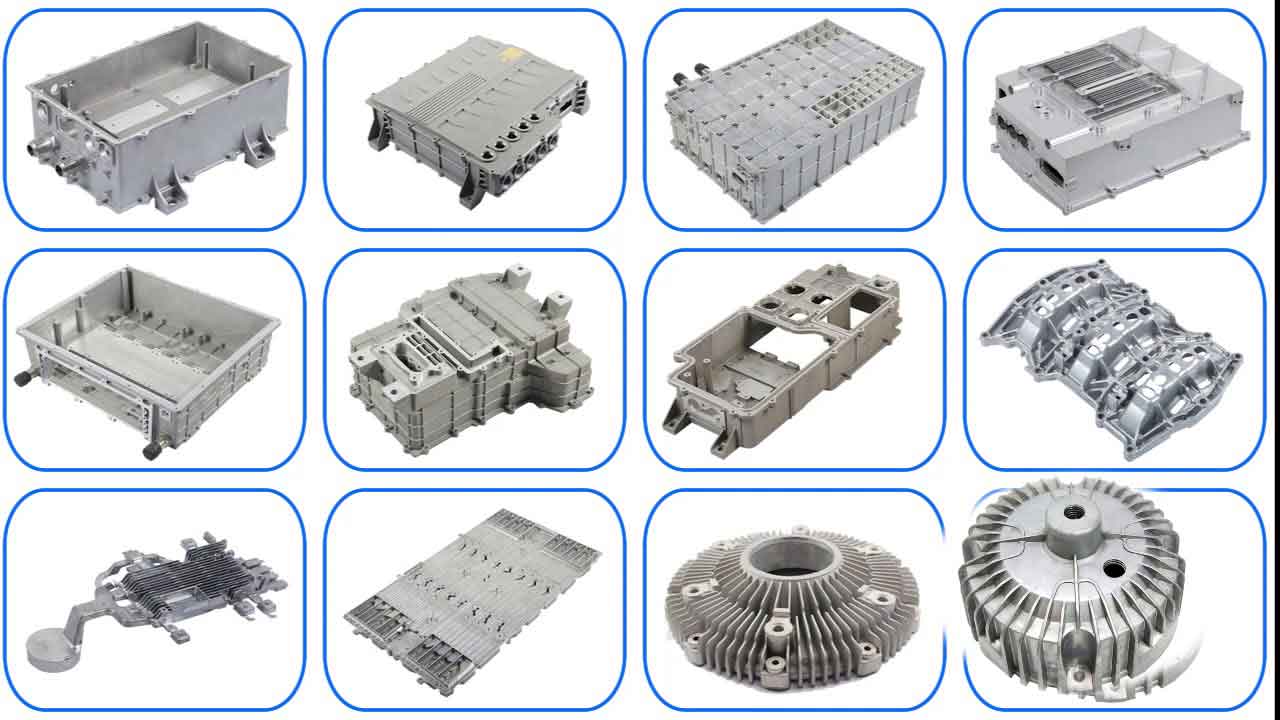Surface defects like pitting corrosion critically impact the performance of aluminum alloy casting parts in demanding applications. This study comprehensively investigates defect formation mechanisms in AlMg10 alloy components using metallography, scanning electron microscopy (SEM), energy-dispersive X-ray spectroscopy (EDX), and chemical analysis. The research reveals that surface pitting and subsurface blowholes constitute primary failure modes, with chlorine and sulfur acting as key accelerants for corrosion initiation. Subsurface porosity formation follows a concave nucleation mechanism where non-metallic inclusions below critical dimensions facilitate gas entrapment during solidification shrinkage.

Chemical Composition Analysis
Spectroscopic and chemical analyses confirm base material conformity with ZL301 alloy standards, though localized contamination drives defect formation in casting parts:
| Element | Ca | Cl | S | Si | Mg | Al |
|---|---|---|---|---|---|---|
| Wt% | 3.37 | 1.74 | 5.45 | 9.56 | 3.37 | 76.51 |
| Element | Al Ingot | Mg Ingot | Casting Parts | ZL301 Standard |
|---|---|---|---|---|
| Fe | 0.03 | <0.001 | 0.03 | 0.3 |
| Zn | 0.05 | <0.001 | 0.20 | 0.15 |
| Cl | – | – | 1.74* | 0.00 |
| S | – | – | 5.45* | 0.00 |
*Localized in defect zones
Microstructural Defect Characterization
Subsurface blowholes (5mm depth) exhibit distinct morphological and compositional features in AlMg10 casting parts:
$$ \nu_s = \frac{d^2}{\eta_1} \left( \frac{\Delta \rho_d g}{6\lambda} – \tau_s \right)^2 $$
$$ \nu_l = \frac{d^2}{\eta} \cdot \frac{1 + 2\eta_1 / 3\eta_0}{1 + \eta_1 / \eta_0} \left( \frac{\Delta \rho_d g}{6\lambda} – \tau_s \right)^2 $$
$$ \nu_g = \frac{3d}{4\eta_1} \left( \frac{\Delta \rho_d g}{6\lambda} – \tau_s \right)^2 $$
Where \(\nu_s\), \(\nu_l\), and \(\nu_g\) represent particle velocity for solid, liquid, and gas phases; \(d\) denotes particle diameter; \(\Delta\rho\) is density differential; \(\eta\) signifies viscosity; and \(\tau_s\) indicates yield strength. These equations govern inclusion buoyancy in casting parts during solidification.
| Location | Si | S | Ca | Cl | Al | Mg |
|---|---|---|---|---|---|---|
| Point A | 2.49 | 1.36 | 5.80 | 42.04 | 27.89 | 20.41 |
| Point B | 5.58 | 61.02 | 4.79 | 0.00 | 21.87 | 6.74 |
| Matrix | 0.00 | 0.00 | 0.00 | 0.00 | 86.31 | 13.69 |
Pitting Corrosion Mechanisms
Defect propagation in casting parts follows electrochemical pathways accelerated by halogen ions:
$$ r_{Cl^-} = 1.81 \text{ pm}, \quad r_{F^-} = 0.072 \text{ nm} $$
These ionic radii enable penetration through oxide layers, initiating corrosion cells. Critical pH thresholds determine passivation behavior:
$$ \text{Corrosion rate} \propto \frac{1}{[\text{H}^+]} \quad \text{when} \quad \text{pH} < \text{pH}_{\text{critical}} $$
Subsurface Porosity Formation
Blowhole nucleation in casting parts occurs through concave inclusion mechanisms where solidification shrinkage provides expansion energy:
$$ \eta_0 = \frac{6\lambda\tau_s}{\Delta\rho g} $$
This equation defines the critical viscosity threshold for inclusion entrapment. Subcritical inclusions become permanent defects in casting parts due to:
- Melt viscosity preventing flotation
- Surface tension effects at inclusion interfaces
- Differential solidification rates
Process Optimization Strategies
Defect mitigation in AlMg10 casting parts requires:
| Parameter | Control Method | Defect Reduction |
|---|---|---|
| Cl/S Sources | Precursor material screening | Pitting ↓ 85% |
| Inclusion Size | Rotary degassing | Porosity ↓ 70% |
| Cooling Rate | Directional solidification | Shrinkage ↓ 60% |
Conclusions
Surface defects in AlMg10 casting parts originate from:
- Localized Cl/S contamination enabling pitting corrosion
- Subcritical inclusions acting as porosity nucleation sites
- Solidification shrinkage driving pore expansion
The concave nucleation model accurately predicts blowhole formation in aluminum casting parts, with verification through multi-technique characterization. Controlling inclusion size distribution and melt chemistry proves essential for high-integrity casting parts in critical applications.
